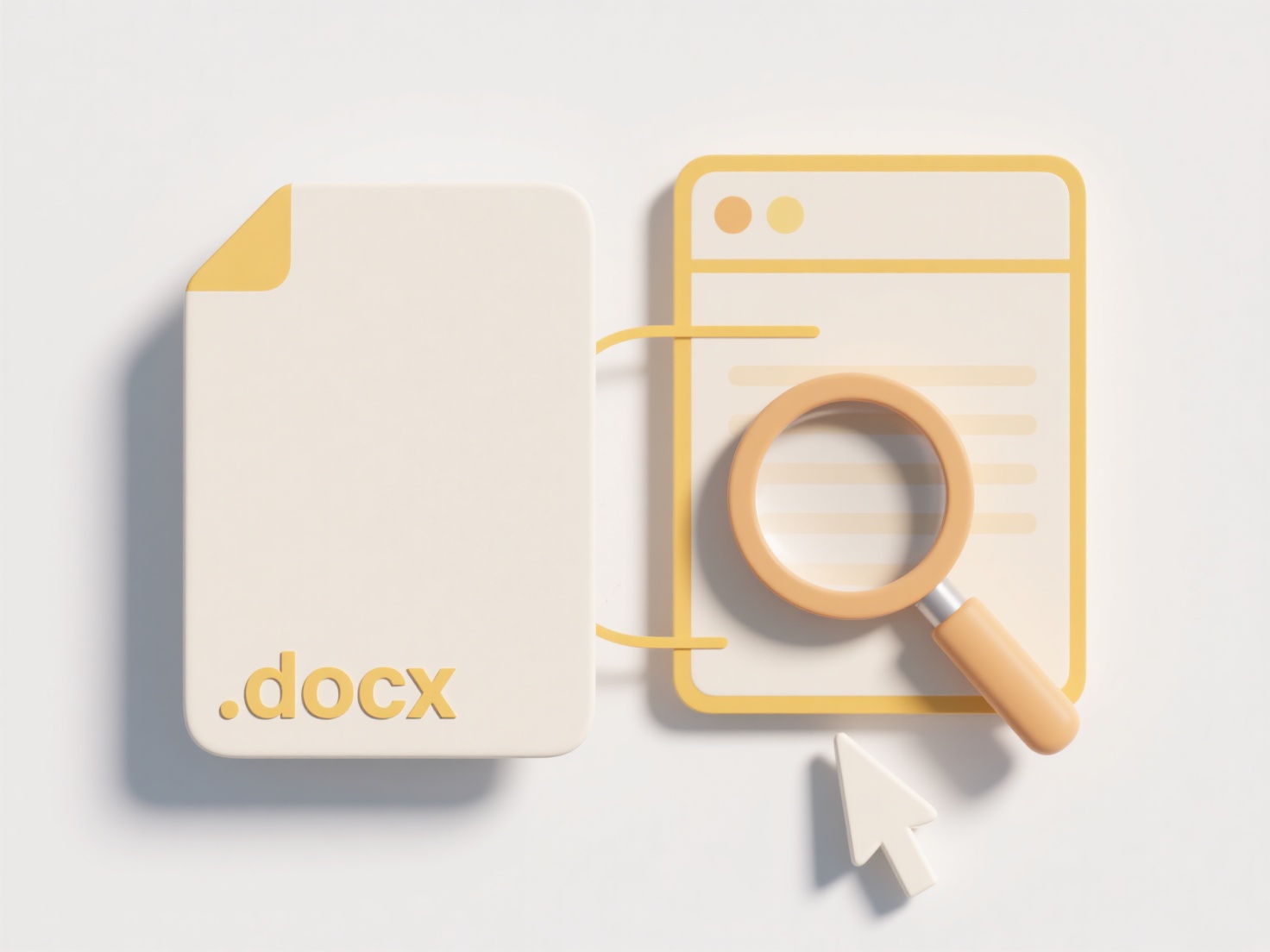
Date formatting in file names ensures chronological organization. The ISO 8601 standard (YYYY-MM-DD) is widely recommended because it sorts correctly alphabetically. This format uses a consistent structure with year first, then month, and day last, ensuring files automatically group by year, then month, then day within folders. It avoids confusing ambiguities caused by MM/DD/YYYY or DD/MM/YYYY conventions.

For example, technical logs like app_log_2023-10-25.txt sort correctly regardless of the file system. Shared documents, such as project_plan_2024-02-14_v3.docx, benefit from this format when multiple versions exist across teams. Tools supporting this include cloud storage (AWS S3 logs), version control systems (Git commits), and enterprise content management platforms.
Using YYYY-MM-DD offers key advantages: automatic chronological sorting regardless of location or language settings, reduced naming conflicts, and improved file retrieval efficiency. The primary limitation is slightly less immediate human readability compared to month names. This approach is strongly recommended for most collaborative or technical environments to avoid errors and save significant time locating files.
How do I include dates in file names properly?
Date formatting in file names ensures chronological organization. The ISO 8601 standard (YYYY-MM-DD) is widely recommended because it sorts correctly alphabetically. This format uses a consistent structure with year first, then month, and day last, ensuring files automatically group by year, then month, then day within folders. It avoids confusing ambiguities caused by MM/DD/YYYY or DD/MM/YYYY conventions.

For example, technical logs like app_log_2023-10-25.txt sort correctly regardless of the file system. Shared documents, such as project_plan_2024-02-14_v3.docx, benefit from this format when multiple versions exist across teams. Tools supporting this include cloud storage (AWS S3 logs), version control systems (Git commits), and enterprise content management platforms.
Using YYYY-MM-DD offers key advantages: automatic chronological sorting regardless of location or language settings, reduced naming conflicts, and improved file retrieval efficiency. The primary limitation is slightly less immediate human readability compared to month names. This approach is strongly recommended for most collaborative or technical environments to avoid errors and save significant time locating files.
Quick Article Links
How do I avoid accidentally overwriting files with similar names?
To prevent accidentally overwriting files with similar names, carefully manage your file naming, saving practices, and s...
What is the difference between .html and .htm?
.html and .htm both denote files containing HyperText Markup Language, the core code for structuring web pages. They rep...
What does "Available online only" mean?
"Available online only" means a product, service, or resource cannot be purchased physically in a store or accessed offl...